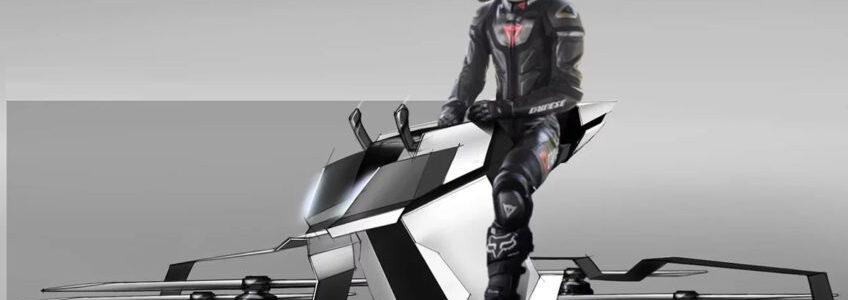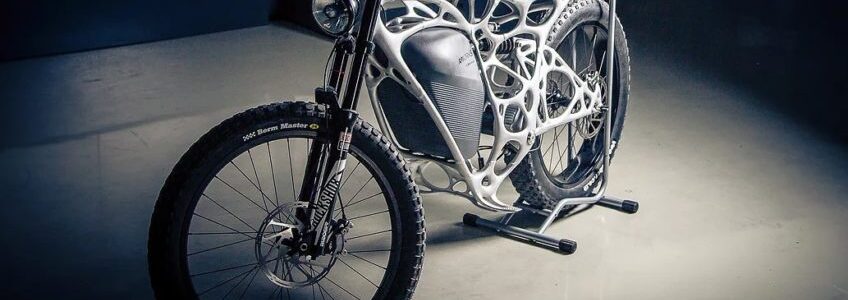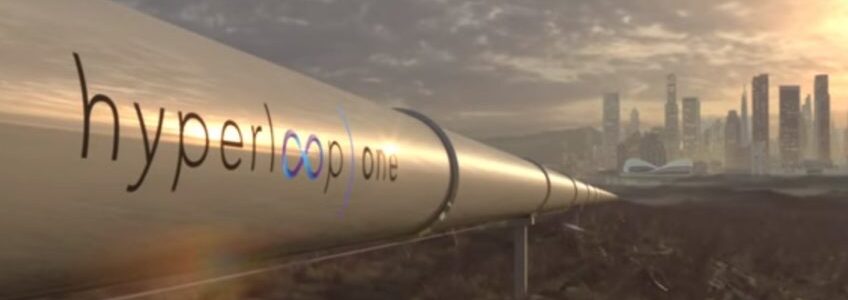The Defence Security Equipment International Exhibition (DSEI) is a world leading event uniting the global security and defence industry. It represents the entire supply chain unrivalled by anyone and a great place to share knowledge and ideas. London was the preferred location for the event held in September this year and provided great insight into the British defence industry.
In light of the increased global terror threat, exhibitors showcased some really innovative solutions. Some examples include land, marine and airborne Improvised Explosive Devices (IED’s) and mines but the main focus points were aviation, land combat, maritime as well as defence electronics, training simulations and cybersecurity.











Recent Comments